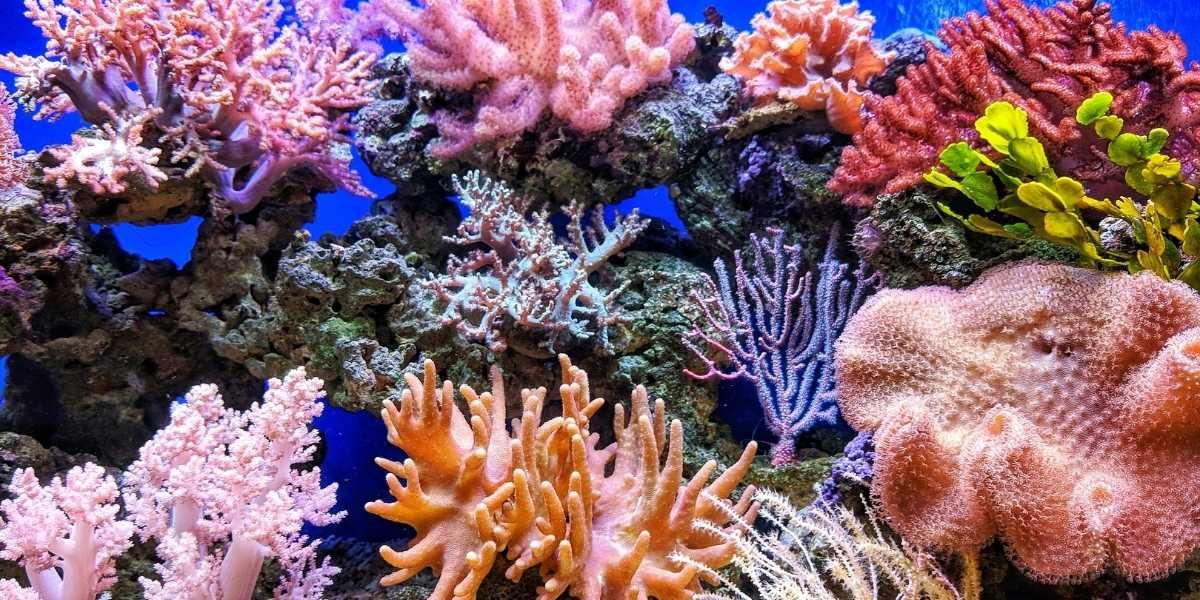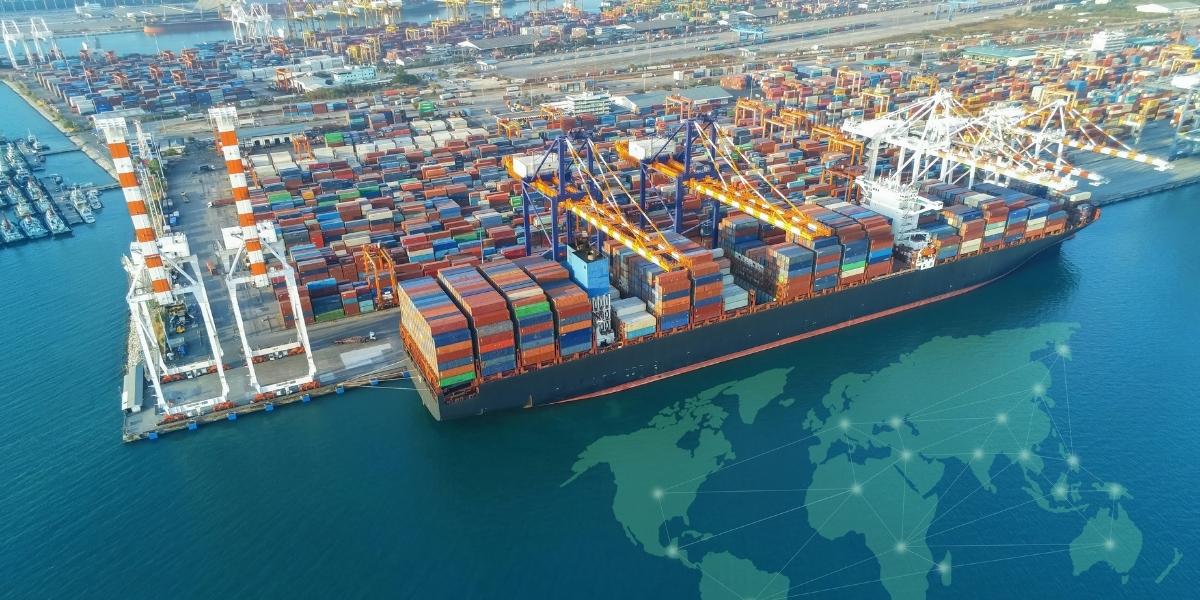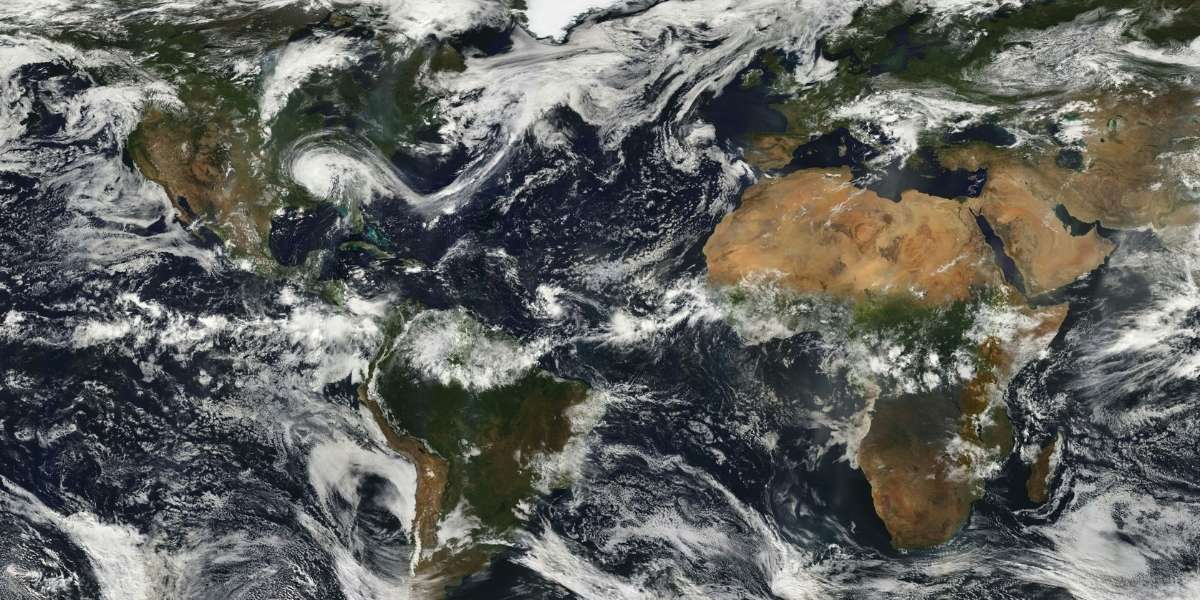Global Coral Reef Crisis: Understanding the Impact and Urgency
Coral reefs, often referred to as the “rainforests of the sea,” are some of the most biodiverse ecosystems on Earth. These vibrant underwater structures provide crucial habitats for a vast array of marine life, support local economies, and protect coastlines from the devastating effects of storm surges and erosion. However, the global coral reef crisis has reached an alarming scale, driven by rising ocean temperatures and the escalating impacts of climate change. This explores the unprecedented coral reef bleaching event, the causes and consequences of this ecological disaster, and the urgent need for global action to protect these vital ecosystems.
Read Also: Tips for Choosing a Safe and Comfortable Campsite Outdoors
What is Coral Bleaching?
Coral bleaching occurs when coral polyps, the tiny organisms that form the reef, expel the zooxanthellae—symbiotic algae that live within their tissues. These algae provide corals with essential nutrients through photosynthesis and give them their vibrant colors. When ocean temperatures rise, corals become stressed and expel these algae, resulting in a bleached, white appearance. While bleached corals are not necessarily dead, they are severely weakened and more vulnerable to disease, further environmental stresses, and death.
The main cause of coral bleaching is elevated sea temperatures, but other factors such as ocean acidification, pollution, and overfishing can also contribute to the stress experienced by coral reefs. The ongoing and widespread bleaching events signal the critical condition of coral reefs around the world, and without significant action, many reefs face irreversible damage.
Causes of Coral Bleaching: The Role of Climate Change
The primary driver of the current global coral reef crisis is climate change, which has caused ocean temperatures to rise at an alarming rate. The Intergovernmental Panel on Climate Change (IPCC) reports that ocean temperatures have increased by about 0.13°C per decade over the past century, with projections indicating continued warming in the coming decades. This increase in temperature makes the ocean environment hostile to coral reefs, as even a 1°C rise above normal temperatures can trigger bleaching.
Greenhouse gas emissions are the main culprit behind rising ocean temperatures. The burning of fossil fuels, deforestation, and industrial activities increase the concentration of carbon dioxide in the atmosphere, which in turn raises global temperatures and heats the oceans. As the atmosphere continues to warm, so too does the ocean, putting unprecedented pressure on coral reef ecosystems.
Ecological Consequences of Coral Bleaching
Coral reefs are essential to marine biodiversity. They provide shelter, food, and breeding grounds for a wide range of species, from tiny fish to large predators. When corals bleach, they lose the vibrant colors that attract many marine species, disrupting the entire ecosystem. This decline in reef health has a cascading effect on the organisms that depend on them.
Biodiversity loss is one of the most significant consequences of coral bleaching. Coral reefs support about 25% of all marine species, and the decline of healthy reefs leads to a dramatic decrease in marine biodiversity. Fish populations, including those crucial for local fishing economies, are negatively impacted. Additionally, the loss of coral habitats increases the vulnerability of marine species to disease, further reducing populations.
Another critical function of coral reefs is their ability to act as natural barriers that protect coastal areas from the impacts of storms, erosion, and flooding. Healthy reefs absorb wave energy, reducing the force of waves before they reach the shore. When corals die or degrade, coastal communities lose this natural defense, making them more susceptible to damage from extreme weather events, which are becoming more frequent and severe due to climate change.
The Socioeconomic Impact of Coral Reef Loss
The destruction of coral reefs extends beyond environmental and ecological consequences; it also poses significant economic challenges. Over 500 million people worldwide depend on coral reefs for food, income, and coastal protection. Tourism is another major economic driver for many regions, with millions of visitors flocking to tropical destinations to snorkel, dive, and witness the beauty of healthy coral reefs.
As reefs continue to bleach and die, tourism industries in affected regions face a decline in visitor numbers, leading to economic losses. Additionally, fishing industries suffer as fish stocks dwindle, affecting the livelihoods of communities that depend on these resources.
Potential Solutions: Mitigating the Coral Reef Crisis
Addressing the global coral reef crisis requires a multi-faceted approach. While some solutions are focused on reducing the impact of human activities, others aim to restore and protect reefs that are still healthy. Here are several strategies that can help mitigate the crisis:
Climate Change Mitigation
The most critical solution to the coral reef crisis is addressing climate change. Reducing greenhouse gas emissions is paramount. Global efforts to transition to renewable energy, improve energy efficiency, and reduce carbon emissions must be accelerated. International agreements such as the Paris Agreement are crucial in the fight against global warming, and they provide a framework for countries to work together to reduce emissions and limit global temperature rise.
Coral Restoration Projects
Scientists are increasingly focusing on coral restoration efforts to help restore damaged reefs. One such method is coral gardening, which involves growing corals in nurseries and transplanting them to degraded reef areas. These restoration projects aim to re-establish healthy coral populations and rebuild damaged ecosystems. Other techniques include assisted evolution, where scientists breed corals that are more resilient to warmer temperatures, helping to ensure the long-term survival of these critical ecosystems.
Marine Protected Areas (MPAs)
Establishing Marine Protected Areas (MPAs) is an effective way to safeguard the remaining healthy coral reefs. MPAs are designated areas where human activities such as fishing, tourism, and pollution are restricted. These protected areas give coral reefs the best chance to recover and thrive without the added stress of human interference. MPAs also provide a valuable sanctuary for marine life, allowing biodiversity to flourish and ecosystem services to be restored.
Reducing Pollution and Overfishing
Reducing pollution from land-based sources, such as agricultural runoff, plastic waste, and sewage, is critical for protecting coral reefs. Pollutants like nutrients from fertilizers and pesticides can cause harmful algal blooms that suffocate corals. Effective waste management, better agricultural practices, and reducing plastic pollution will help reduce the negative impact on reefs.
Similarly, overfishing must be curbed to ensure the health of marine ecosystems. Sustainable fishing practices, along with stronger enforcement of fishing regulations, will help protect reef ecosystems and their biodiversity.
Read Also: Exploring the Diverse Landscapes and Enduring Spirit of the Northern USA States
The Urgency of Action
The coral reef crisis is escalating, and the time to act is now. Without significant changes to both our climate policies and our approach to marine conservation, the world’s coral reefs face an uncertain future. The long-term effects of coral bleaching will be felt not only by marine life but also by coastal communities and economies that rely on these ecosystems for their survival. The global community must work together to take urgent action, reduce emissions, and invest in the protection and restoration of coral reefs.
As we move forward, the preservation of coral reefs must be seen not just as an environmental issue but as an essential element of ensuring the health, sustainability, and resilience of our planet’s ecosystems and the communities that depend on them.








